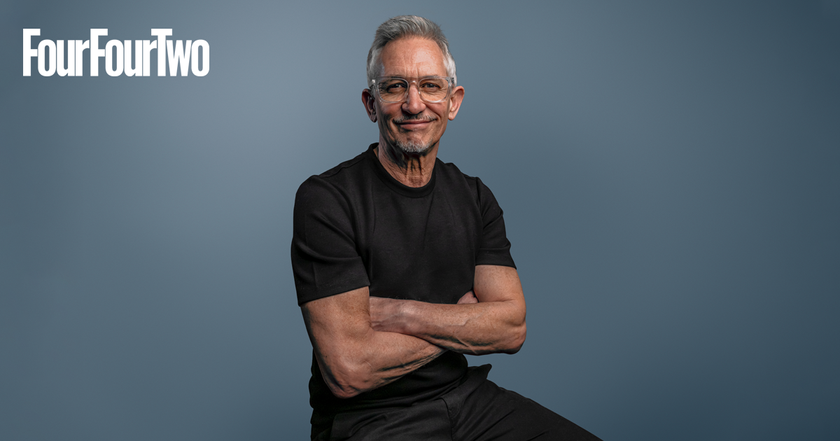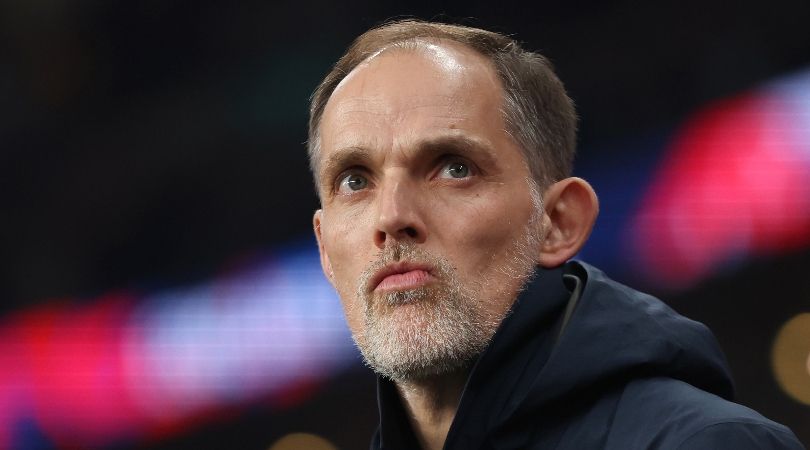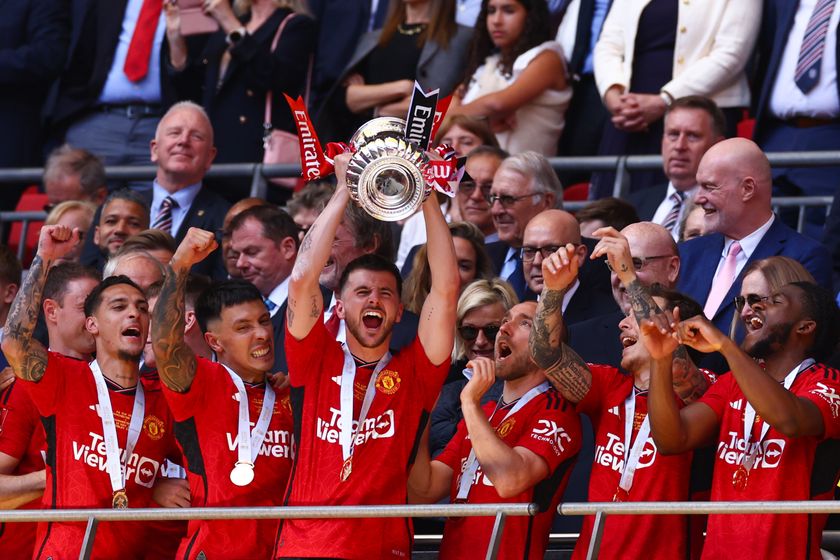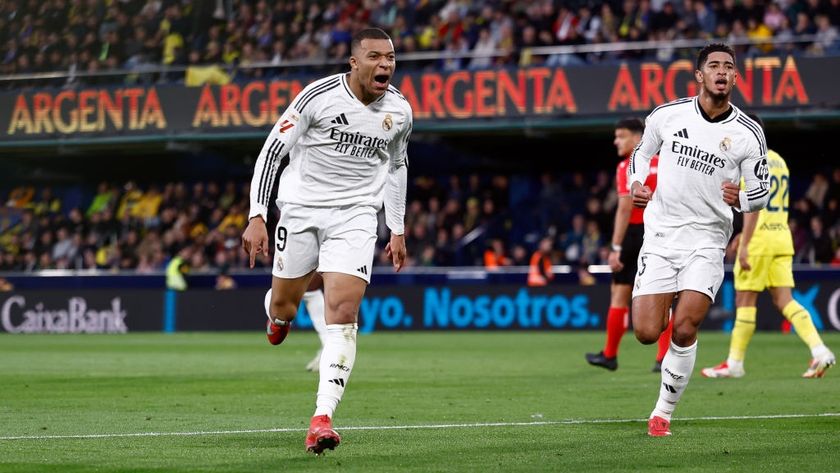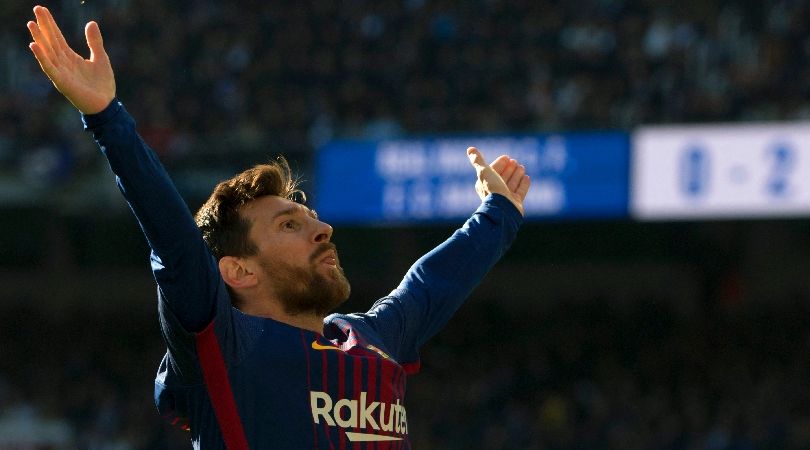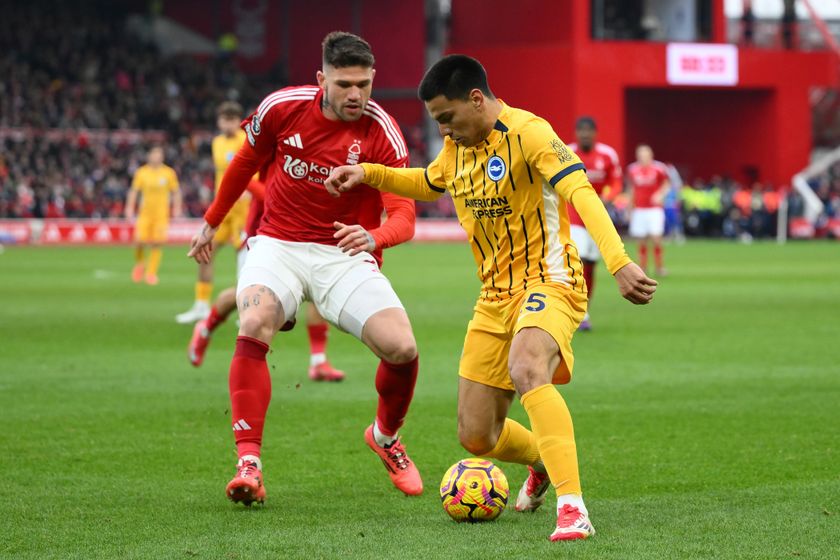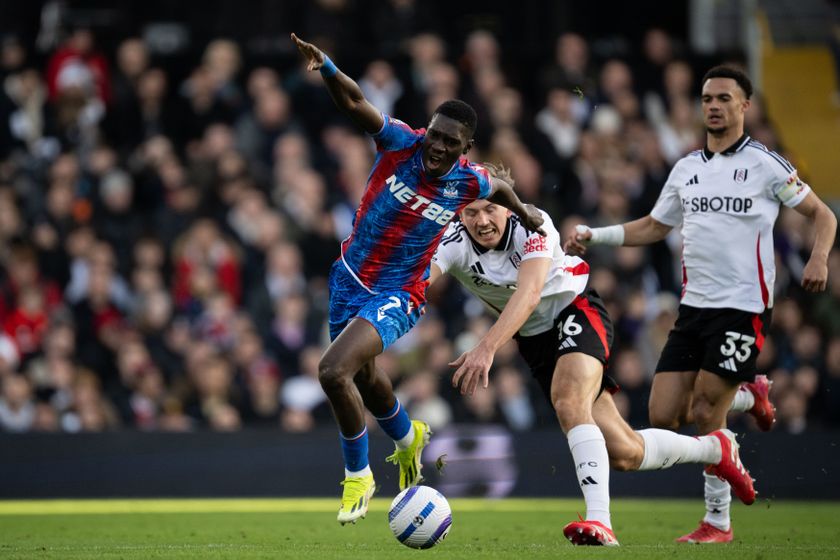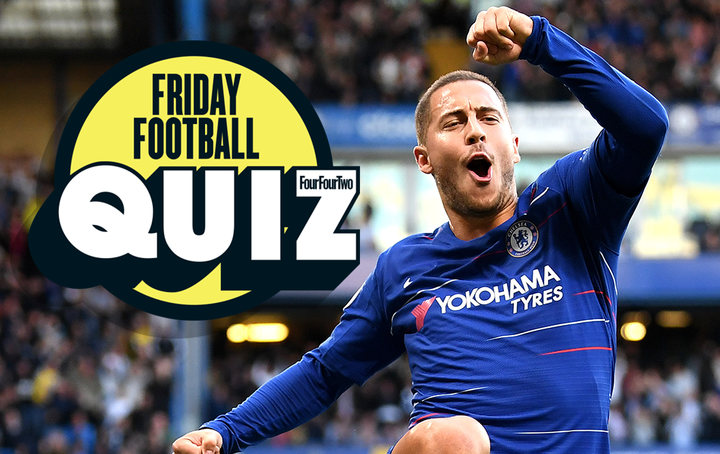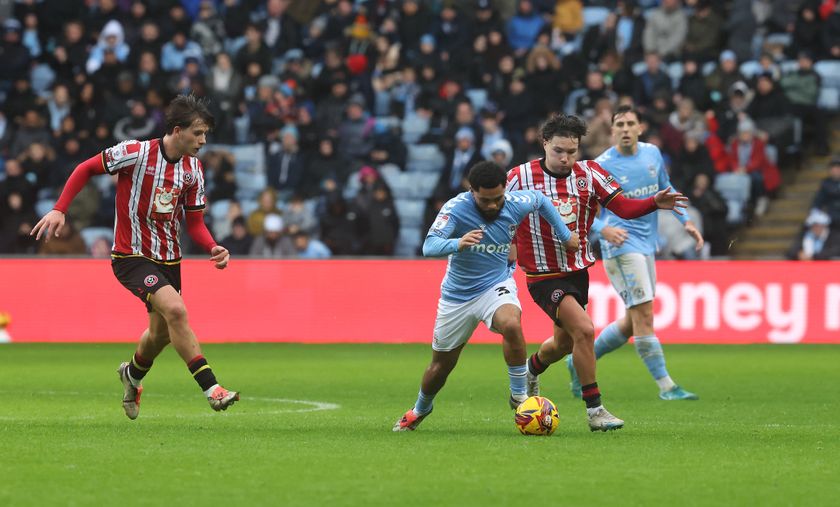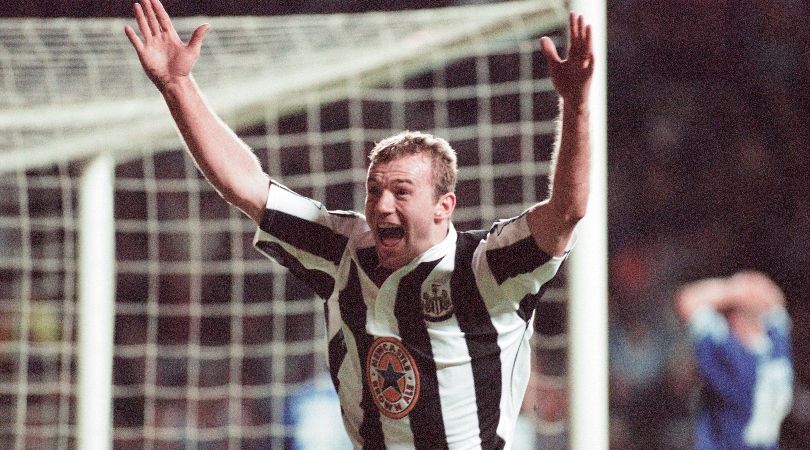Forming a solid team without Di Maria and Alonso could take Carlo Ancelotti some time
Lee Roden analyses the tactical dilemma facing Real Madrid's Decima-clinching boss this season, after an unbalanced summer of arrivals at the Santiago Bernabeu...
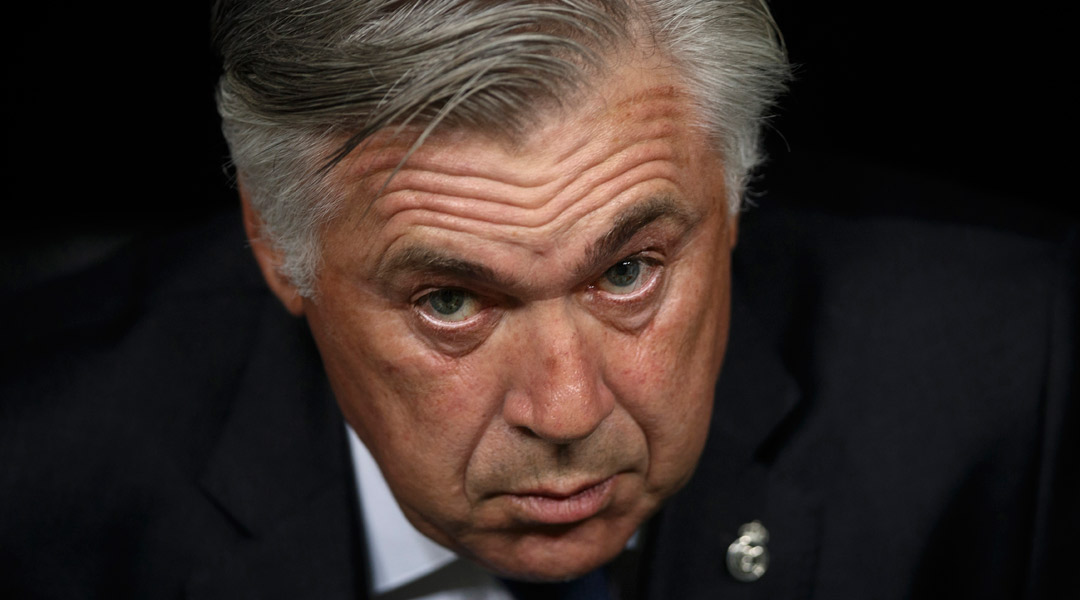
It took Real Madrid over a decade to crack the secret formula to winning La Decima, and perhaps they would have found it sooner had they exercised some patience. Life moves fast at the Bernabeu, and players move even quicker – often for reasons not obvious to us mere mortals.
It is quite appropriate, therefore, that just as Carlo Ancelotti managed to stumble across a European Cup-winning solution for Madrid in an instant, two of the key cogs in that side have been moved on. Angel di Maria’s exit for Manchester United left a hole in the Real Madrid side that only widened with the departure of Xabi Alonso, and Los Blancos’ poor start to the La Liga season is a reflection of that upheaval.
Di Maria was the glue that held together Ancelotti’s winning 4-4-2/4-3-3 hybrid, a shape the manager only put into place around the winter of last year. The Argentine's relentless runs forward helped overload opposition defences, but his efforts tracking back were equally important in providing protection for Alonso.
Ancelotti took the calculated risk of leaving the Basque midfielder exposed by playing him as a single pivot, a move designed to make the most of his distribution and organisational skills, and Di Maria proved the perfect foil to counteract that danger.
Get FourFourTwo Newsletter
The best features, fun and footballing quizzes, straight to your inbox every week.
Wilting roses
It is easy to forget given the European Cup win that followed, but before using Di Maria and Alonso together in midfield last January, Madrid were quite often a confused, stumbling mess – particularly in the league.
They still picked up wins against lesser sides thanks to sheer individual talent, but in performances like the 2-2 draw with Villarreal in September, 1-0 loss to Atletico Madrid later that month and 2-1 defeat to Barcelona in October, it was painfully obvious that Ancelotti was trying to shoehorn in as many superstars as possible to please Florentino Perez, often at the expense of team balance.
With Di Maria and Alonso now gone it’s effectively back to square one for Ancelotti, who must have surely hoped he would be able to help his successful cup team push on with its league performances. Even before Alonso packed his bags for Munich, the loss of Di Maria was already telling in Real's 1-0 defeat to Atletico in the second leg of the Spanish Supercopa.
Suspicions were confirmed in their 2-0 league victory over Cordoba, the scoreline of which didn't do justice to a turgid display from the Champions League holders.
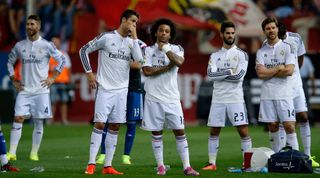
Madrid looked worryingly predictable against the newly promoted side; it was a familiar tale of making sure all of their big guns found a spot in the starting XI at any cost.
In an effort to accommodate James Rodriguez without deviating too much from last season’s successful formula, Ancelotti tried using the Colombian in one of the central-midfield slots of a 4-3-3 – in essence, looking to replicate Di Maria’s old job in the side. It didn’t work.
James’s starting position was too far from goal to exploit his best qualities; the World Cup Golden Boot winner doesn’t possess the dynamism of El Fideo, who had the engine to routinely drive forward from deep towards opponents at pace, then quickly get back to cover at the other end.
SEE ALSO Fergie's kind of player: Why Di Maria will be a huge hit at Old Trafford
The move was negative for Madrid on two fronts: playing the same shape as last season made little sense without Di Maria, while employing James in an uncomfortable position minimised his impact on the game.
Of Rodriguez’s successful passes, few provided any real penetration, and he was unable to exert an influence in and around the opposition area. Cordoba were more than happy to see Madrid’s big summer signing in front of them, rather than between the lines.
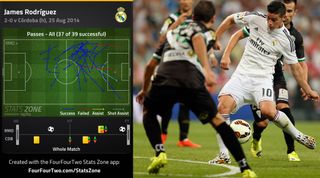
Ancelotti’s reaction was to encourage James to spend more time on the wing, but that didn’t do much to improve Madrid’s collective play. Instead of passing or receiving the ball in front of Cordoba, Rodriguez was now playing more short balls on the flanks, still rarely providing a cutting edge. The Colombian was hooked in the second half for Isco, after Ancelotti had seen enough to know his experiment had failed.
Tinkerman
Last season the Italian toyed with a number of shapes and line-ups before he ultimately found his best team. Now, with his hand forced by the shake-up of his squad, the shifting has returned. In Madrid’s second fixture of this season against Real Sociedad, a 4-2 defeat, Ancelotti opted to try another player in Di Maria’s old position, this time using Isco centrally and playing James wide right.
For the first half an hour or so it looked like the Italian had struck gold. Isco had deputised for Di Maria in central midfield during the latter stages of last season, so unsurprisingly he looked a more natural fit in that position than James, with the Spaniard bursting forward to good effect and causing confusion among the Sociedad defence.
James, for his part, was unspectacular but tidy on the right, linking well with the rest of the forward line and right-back Dani Carvajal.
Then it all fell apart. When dominating the ball, Madrid had looked comfortable and could have been 5-0 up within 30 minutes, but as soon as their opponents began to enjoy more possession, the reigning European champions imploded.
The first home goal, an Íñigo Martínez strike from a corner, could be put down to a lapse in concentration, but the second was as clear an indication of the glaring weaknesses left by the departures of Di Maria and Alonso as Ancelotti is ever likely to see.
SEE ALSO Real Madrid forget to defend, Enrique makes statement at Barca
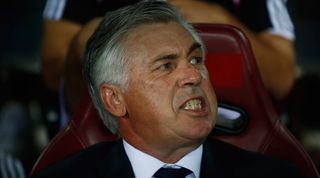
In the 41st minute, Real Sociedad shifted the ball out to the left flank, and as full-back Alberto de la Bella shaped to cross, the Madrid midfield froze. Seemingly more concerned with watching striker Imanol Agirretxe, Toni Kroos allowed David Zurutuza to bypass him and pull towards the box, while Isco, who was well placed to see the danger being created, opted to stand back and observe rather than make any attempt to put pressure on the run.
Luka Modric, equally, was a bystander. Zurutuza arrived unchallenged in the Madrid area, slamming home the equaliser and bowling over Marcelo in the process, who had come across in a desperate attempt to cover.
Given the near invisibility of the Madrid midfield in this instance, it is difficult not to speculate that Di Maria and Alonso would have made a better attempt at protecting the back four, particularly as Ancelotti’s men were warned only minutes prior when Esteban Granero saw his stinging shot blocked following a similar run into the box.
The same pattern of play continued as Zurutuza and others arrived in the Madrid penalty area time and again with relative ease. Another Basque goal from a corner suggested Alonso’s leadership skills were missed when defending set-pieces. Real Sociedad eventually ran out comfortable winners in a game Los Blancos should have put to bed early in the first half with a two-goal lead.
Out from the cold
Considering Real Sociedad's horrid start to the season, with manager Jagoba Arrasate under pressure to resign, few would have predicted Real Madrid's capitulation against this particular opponent.
The performance, combined with the troubles against Cordoba, was a further indication that Ancelotti has lost the well-oiled, functioning unit he toiled to shape last year. In essence, he's been forced to watch half the foundations ripped out of his brand new mansion just as the building was completed.
With more accomplished opponents lying in wait – not least Atletico Madrid in round three – the Italian is now tasked with putting a brand new structure in place, and doing so in an unfavourably short time period.
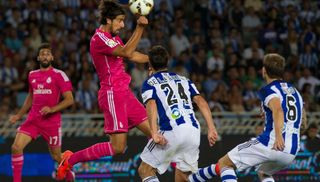
Solving that dilemma won’t be easy. A switch to 4-2-3-1 is one suggestion being raised, and considering the defensive and offensive failings of recent midfield performances, it doesn’t look like the worst idea.
That would allow James to play in his favoured role behind the striker, while any of Luka Modric, Toni Kroos, Asier Illarramendi and Sami Khedira could work as a partnership deep in the midfield, in theory shielding the back four better.
Khedira is an intriguing case – or will be eventually, once he gets over a six-week lay-off. At one stage this summer it looked like he had both feet out of the Bernabeu, yet Ancelotti insisted that he wanted to hold on to him. The Italian’s logic looks increasingly sound.
Khedira doesn’t sell merchandise like James, but he offers something completely different from the rest of the midfielders at his manager’s disposal, namely the amount of ground he covers and his selflessness in defence – something the team severely lacked at the Anoeta.
Ancelotti doesn’t seem to know quite what to do with the World Cup winner, but the German could yet prove an unlikely solution to Madrid’s problems, despite almost leaving the Spanish capital this summer.
Appropriately, Di Maria also looked like he would never be seen in a Madrid shirt again this time last year, only to develop into a key player in the success that lay ahead.
The October 2014 issue of FourFourTwo is a Real Madrid vs Barcelona special, looking at Europe's maddest ever strikeforces. Available now in print and in a specially-designed-for-iPad version.
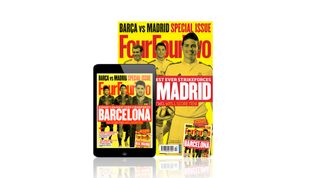
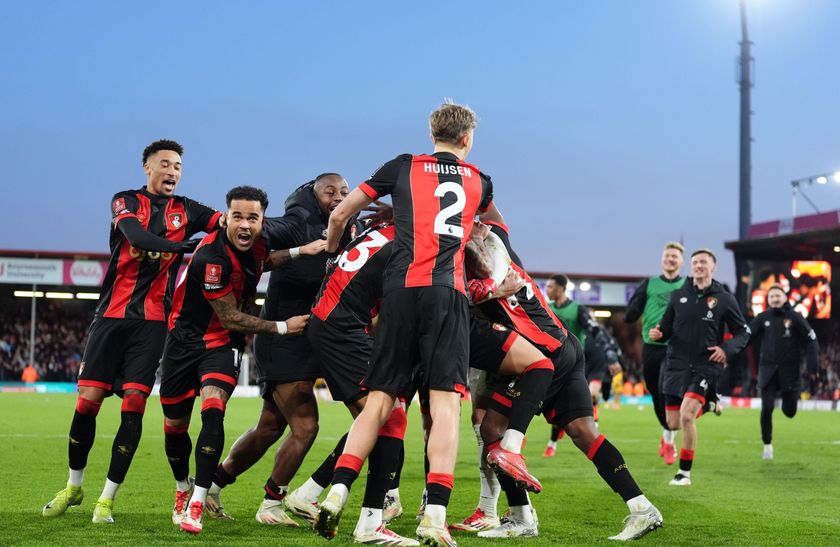
Key stats and facts as Preston welcome Aston Villa and Manchester City travel to Bournemouth in FA Cup quarter-finals
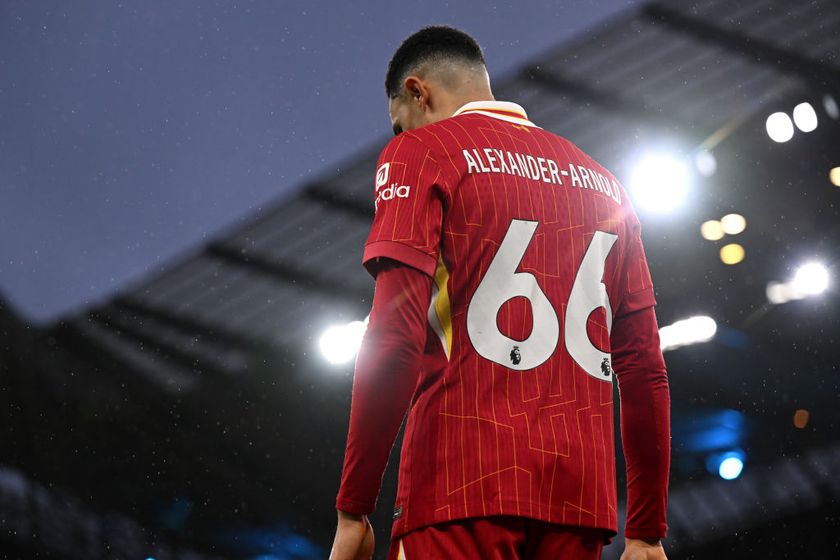
'That Alexander-Arnold spoke more with a goal gesture than he did with any other communication to supporters is one of the reasons his move to Real Madrid isn’t being accepted too kindly on Merseyside': How it got to this stage with Liverpool and Trent
